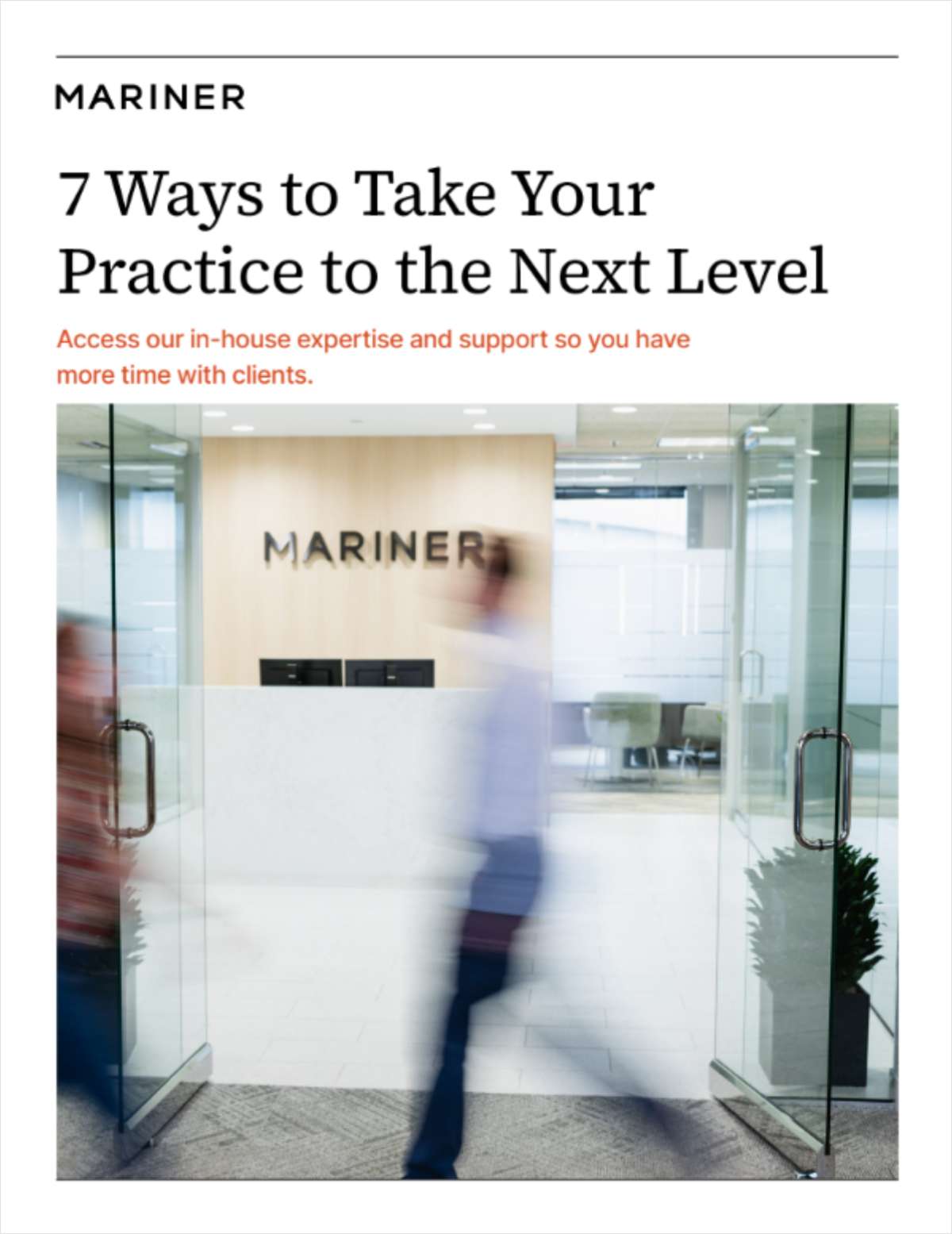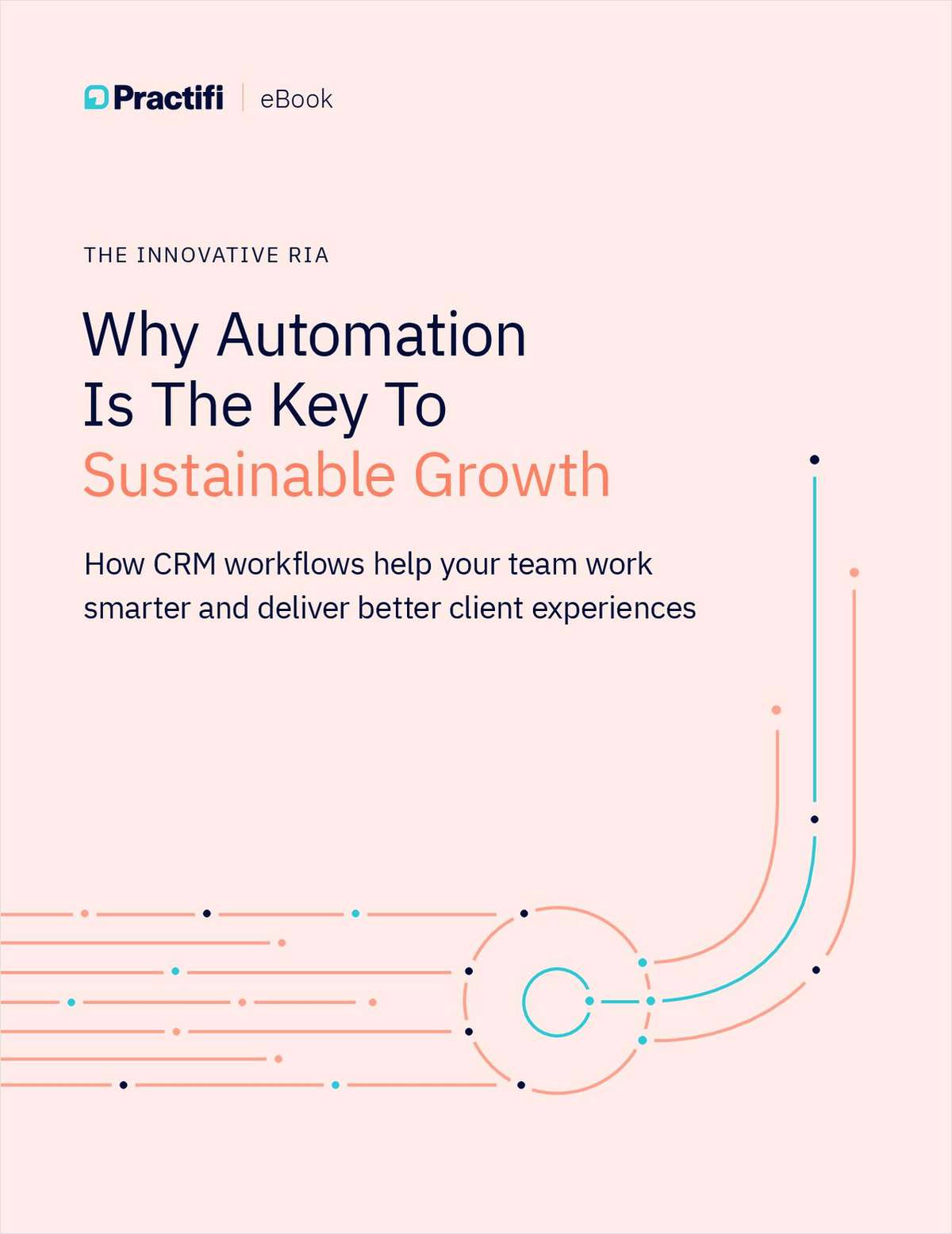The House of Representatives voted 263-165 to pass H.R. 525, a bill that would create a system of multistate, federally regulated health plans.
All 227 Republicans who cast votes supported the bill, and the bill also attracted the support of 36 of the 200 Democrats who voted.
Trade and business groups already offer single-state association health plans, which help small businesses team up to buy health coverage.
The Small Business Health Fairness Act would put multistate and national AHPs under the jurisdiction of the Employee Benefits Security Administration, an arm of the Labor Department. Multistate AHPs either could buy insured health coverage or self-insure. Issuers of the coverage would not have to comply with state health insurance benefits mandates because they would be brought under the auspices of the Employee Retirement Income Security Act of 1974.
Rep. Sam Johnson, R-Texas, introduced H.R. 525.
Sen. Olympia Snowe has introduced a similar bill, S. 406, in the Senate.
President Bush expressed support for the AHP concept in his State of the Union speech and almost all of his other speeches that have addressed the topic of health finance reform.
Organizations supporting the AHP bills include many small business groups, such as the U.S. Chamber of Commerce, Washington, and the National Federation of Independent Businesses, Nashville, Tenn.
Groups that oppose the bills include the National Association of Insurance Commissioners, Kansas City, Mo.; the National Conference of Insurance Legislators, Troy, N.Y.; the American Academy of Actuaries, Washington; and America's Health Insurance Plans, Washington.
In fact, in testimony this past April, AHIP President and CEO Karen Ignagni cautioned that AHPs could have "grave consequences" on the affordability of care and will likely increase those without health insurance. The reason, she continued, is that the healthy population will be disaggregated from the sick and inadvertently lead to adverse selection driving up costs for employees working in small businesses.
Access to health care can be achieved through existing health care reforms such as Health Savings Accounts, says Mohit Ghose, an AHIP spokesman. Additionally, Ghose says, AHPs will create an unlevel playing field, preempting laws in certain states and not in others.
During a press conference to discuss a Georgetown University study on AHPs, Kansas Commissioner and NAIC Secretary-Treasurer Sandy Praeger detailed why she believes state insurance regulation is a better safeguard to protect consumers than Department of Labor oversight.
Collaboration among states and the federal government is needed to make sure that association health plans are legitimate and sound, she added.



